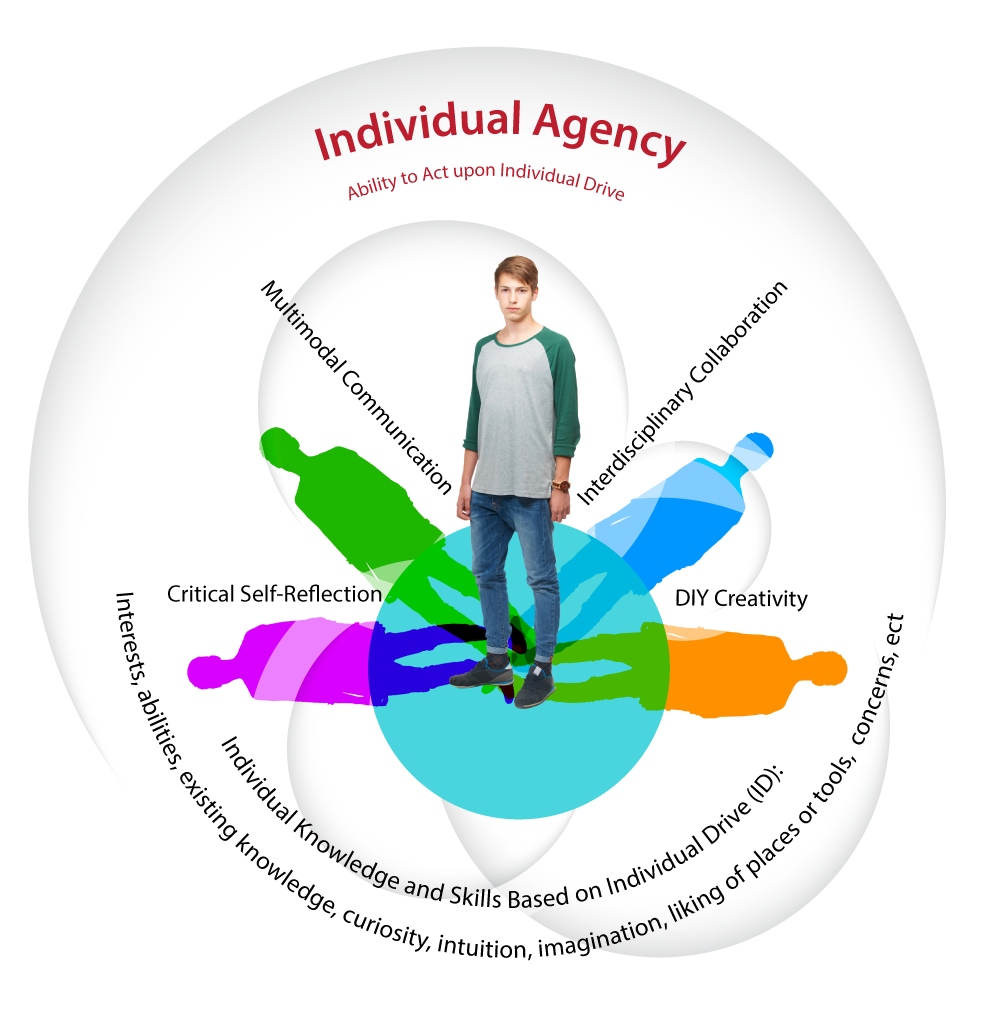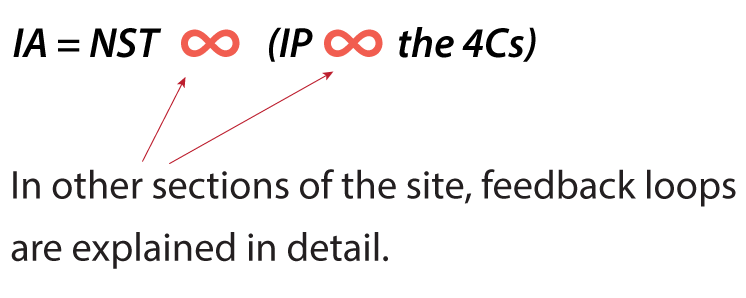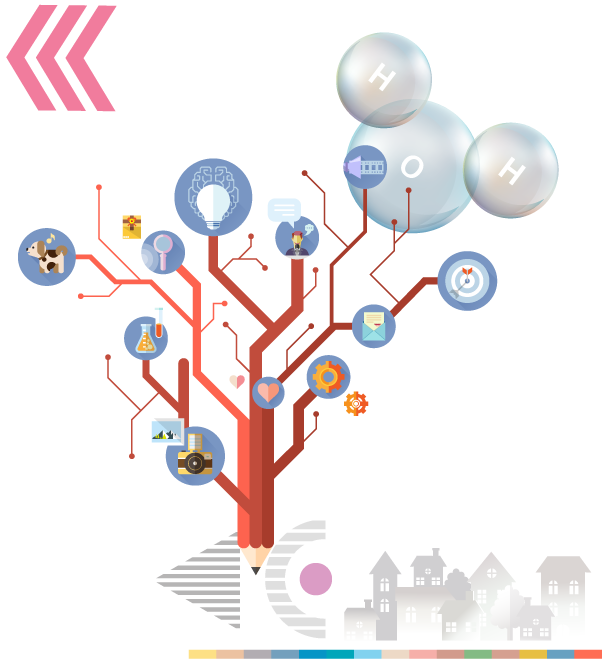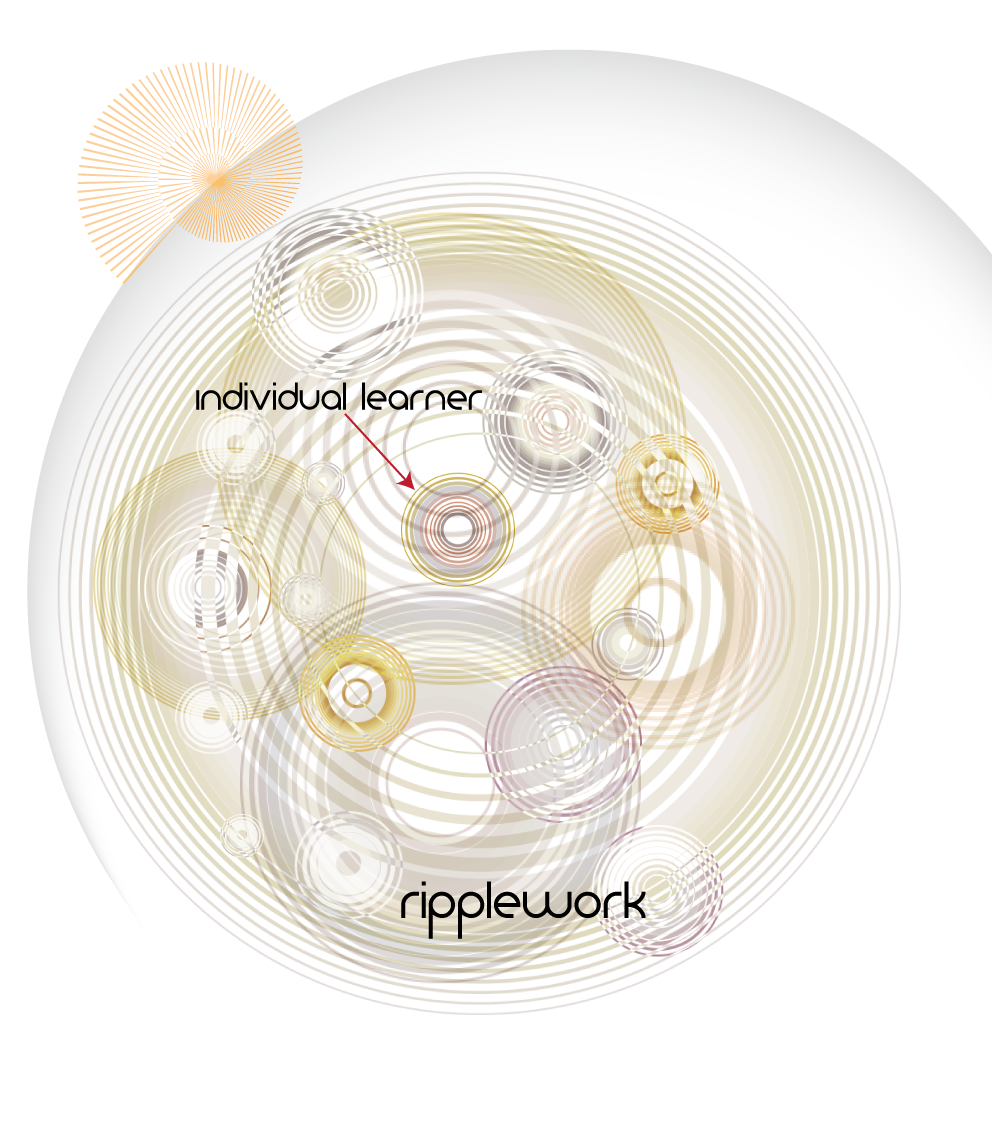Systems Thinking
Systems Thinking is a way of understanding the complexity and changeability of the world. It is a view of life that states that everything is a system or a component of one.
Examples: the solar system; the ecological system; the digestive system; the system of government, etc.
A systemic approach allows you to see individualism and collectivism as two interacting dimensions. In education, individualism focuses on the individual learner but misses the surroundings, whereas collectivism is concerned with the production of the workforce that society requires and overlooks the individual. This is the approach taken by contemporary education, where the system is above the individual.
It is precisely in the complexity of the interaction between these two dimensions (self and society) that R@W positions the individual learner. This is the very heart of his or her learning.
R@W emphasizes that well-rounded development can only be achieved in an environment where learning happens through the interaction of the learner with the outside world.
The learner’s immediate surroundings are envisioned as a ripplework—a pattern of moving ripples. The ripples represent various natural, social and technical (NST) aspects of the surroundings. The individual learner is visualized as a central ripple that comes into contact with other ripples in his or her learning environment. As a result, the learner-ripple both influences other ripples and is influenced by them.
This mutually influencing dynamics of an individual learner and his or her immediate surroundings—the ripplework—sets the tone for the system of the R@W model. It is an organization of interconnected components designed to achieve the most effective learning. It includes such aspects of the model as cognitive adaptation, feedback loops, communication and control of actions through the process of self-organization.
The R@W conceptualization corresponds with the systems view of the world: the dynamic pattern is taken as a key characteristic of life.
As Norbert Wiener, the founder of cybernetics put it:
‘We are but whirlpools in a river of ever-flowing water. We are not stuff that abides, but patterns that perpetuate themselves.’ [1]

In R@W, the systems view extends to all components of the learning environment and process.
The learner interacts with the NST aspects of their surroundings, but each one is part of a particular systemic organization that may vary from learner to learner.
The same may be said of the learner. In R@W, the learner’s task is to generate new knowledge by means of individual agency.
Therefore the learner acts according to his or her individual interests, existing knowledge, curiosity, abilities, imagination, intuition, concerns, special liking of places or tools—in other words, their individual preferences (IP) or individual traits (IT).
In R@W, these actions are systemic.
In R@W, we suggest, that the learner acts by employing his or her:
• Critical self-reflection
• Multimodal Communication
• Interdisciplinary Collaboration
• DIY Creativity—
— that is, the 4Cs.
Individual Agency (IA) in R@W is an autonomous system that is activated by the individual drive (ID) of the learner and exercised through his or her interactions with the NST surroundings via the application of critical self-reflection, multimodal communication, interdisciplinary collaboration, and DIY creativity (the 4Cs).
The individual agency can be expressed symbolically as:

IMPORTANT
In spite of the fact that the formula for individual agency applies to all learners, its variables depend on genetic predispositions, psychological differences, upbringing, cultural and social context, and other aspects specific to each learner.
Therefore, the systemic pattern with which each particular learner approaches and goes through the learning process (constructs his or her knowledge) is individually multidimensional.
The developmental psychologist Todd Rose defines the first principle of individuality as a jagged profile.[2]
Rose explains jaggedness as a persistent irregularity. If the individual is an expert in working with one or two abstract systems of knowledge, it doesn’t mean that he or she is also competent in other areas of knowledge.
An individual is such a complex living system that it is impossible to measure him or her by average standards.

The task of the R@W model is to create learning conditions in which the learner taps into his or her full potential and identifies their jaggedness as their strength.
The learner does this by:
- actively engaging and experimenting with the natural environment;
- learning to recognize and appreciate the jaggedness in themselves and others and developing strategies to turn them into individual strengths;
- exploring and improvising with hand and digital tools and materials that are immediately available, and using them in inventive ways.
Recognizing your ‘jaggedness’ and treating it not as a flaw but as a call to exploration, reinvention and the opportunity to influence the NST surroundings in a positive way, is what is seen in R@W as individual agency.
The learner uses individual agency to adapt to the larger systems he or she interacts with, not by caving in but by asserting his or her unique strengths and talents, and placing them above uniform standards.
REFERENCES
1. Wiener, Norbert (1950). The Human Use of Human Beings: Cybernetics and Society [Kindle version, 1988, p. 95]. Da Capo Press.
2. Rose, Todd. (2016). The End of Average [p. 97]. HarperOne.

